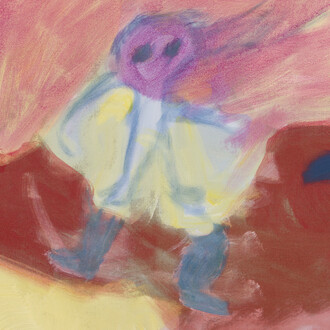Life, colour, motion and erotic power pervade the works of Cecily Brown. The British painter (born 1969) is considered as one of the central figures in the resurgence of painting since the turn of the century.
Since the end of the 1990s Brown has lived in New York, the epicentre of Abstract Expressionist American art in the post-war period. Artists like Willem de Kooning, Philip Guston and especially Joan Mitchell, but also her fellow countryman Francis Bacon and far older masters, have played a major role as inspiration.
Cecily Brown's relationship with history is not about following imperceptibly in the footsteps of the artists mentioned, for when she made her impact in earnest on the art scene the figurations and fragments in her works had in the meantime become a far more complex and "difficult" issue.
She has maintained and actively exploited the perplexity and incomprehension that the current age can have in the face of such an obviously improvisational talent, which at one and the same time pays tribute to the potential of painting for seduction, and insistently grafts onto it classic pornography, elements from the visual worlds of Bosch, Goya and Hogarth, and most recently motifs from the human disasters of our own time.
Brown’s work offers a female artist’s gaze at a world which in many ways has been created by men – and that part of it is hard to ignore. The exhibition is one of a succession of presentations of contemporary painting featuring Peter Doig, Daniel Richter and Tal R.












